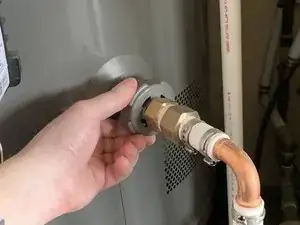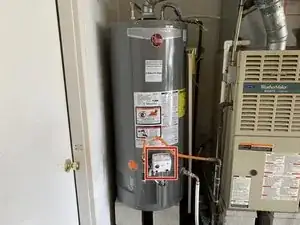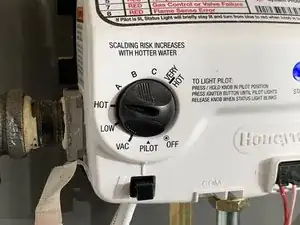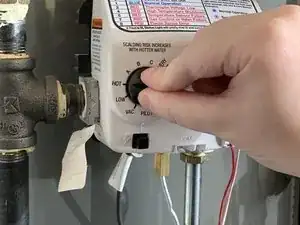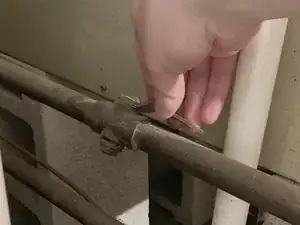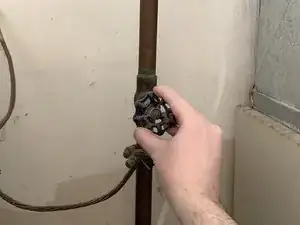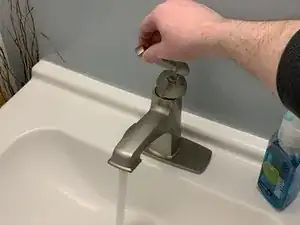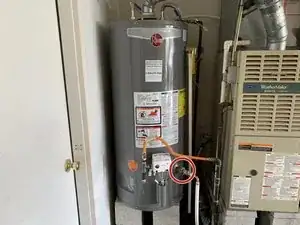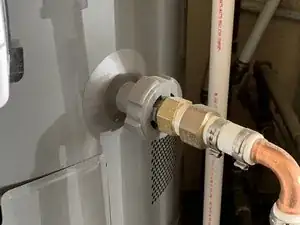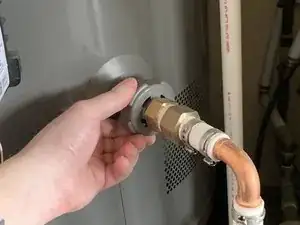Einleitung
To keep your water heater running in tip-top shape, you need to drain it about once a year to prevent excess sediment and mineral deposits from building up and settling in the tank, as well as on the heating elements, which can decrease efficiency.
You can also use this guide if you’re replacing a water heater, which will need to be completely drained before removing the old one.
Werkzeuge
-
-
Begin by locating the control panel of your water heater, which is often placed toward the bottom of the tank on the front.
-
Turn the control knob to the "Off" position.
-
-
-
If you have a gas water heater, turn off the valve on the incoming gas line to shut off the flow of gas.
-
-
-
Turn on the hot water at a nearby faucet and leave it running to relieve any pressure in the tank and vent the water heater as it drains.
-
-
-
Locate the drain valve on your water heater, which is placed at the bottom of the tank. Yours may look different than what's pictured, sometimes looking like a traditional garden hose spigot
-
To begin draining your water heater, open up the drain valve by rotating the knob counter-clockwise.
-
If you're just performing maintenance, simply let the water drain for five minutes or so to flush out any sediment buildup.
-
Once complete, be sure to close the drain valve all the way and turn the water line back on, as well as the gas/electricity and the water heater itself. If you drained the tank completely, wait until it’s full again before turning the water heater back on.
